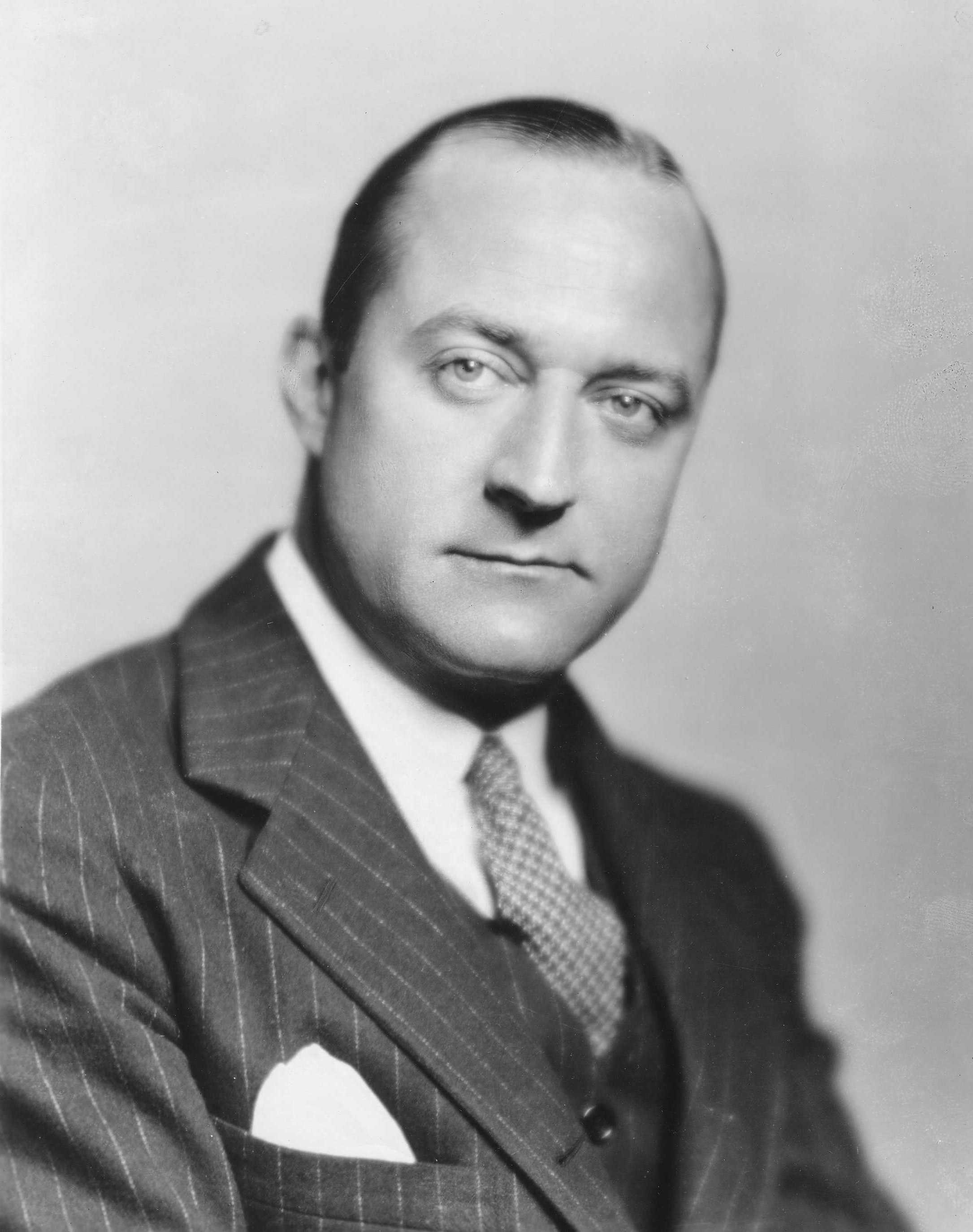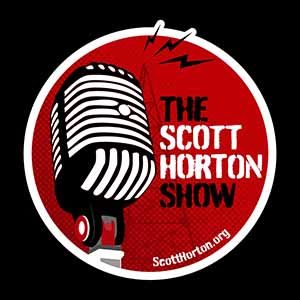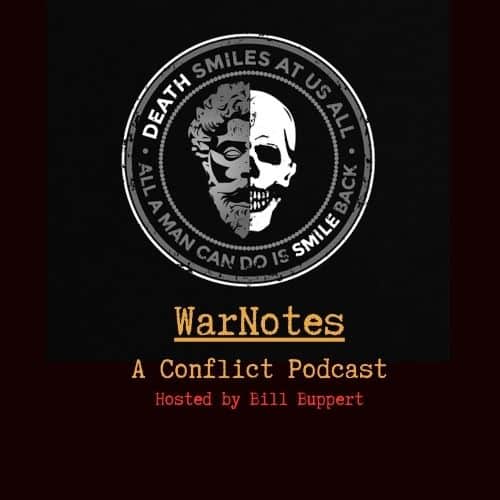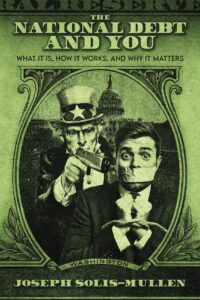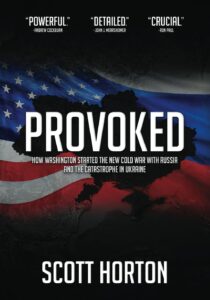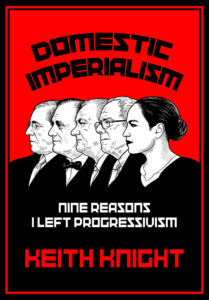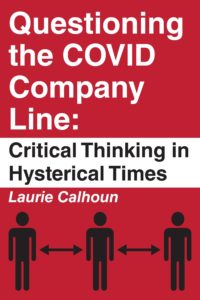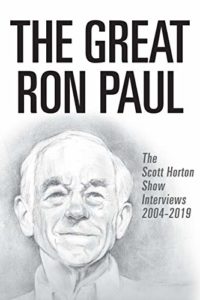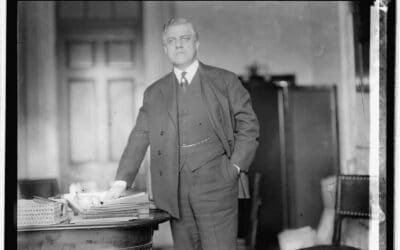Henry Hazlitt’s life story reads like a microcosm of the American century. Born in Philadelphia on November 28, 1894, he lost his father in infancy and left the City College of New York to support his widowed mother. In the fluid labor market of the time he bounced between office jobs, learning shorthand to improve his wages and eventually landing at The Wall Street Journal. Along the way he schooled himself by voracious reading. Philip Wicksteed’s The Common Sense of Political Economy convinced him that prices are determined by subjective preferences, while the essays of Herbert Spencer, B. M. Anderson, Ludwig von Mises, and Frédéric Bastiat inoculated him against collectivist fashions. The young journalist resolved to expose economic errors wherever he found them.
Hazlitt’s early career took him through the editorial rooms of The New York Evening Post, American Mercury, The Nation and The New York Times. His first book, Thinking as a Science (1916), argued that clear reasoning is a craft anyone can learn. During the 1930s he clashed with New Deal cheerleaders at The Nation and eventually left. At the Times he wrote unsigned editorials warning against wartime price controls and postwar currency schemes, but he wanted to say more than a newspaper column allowed. After a conversation with Ludwig von Mises and an editor at Harper & Brothers, he took every other day off without pay to write a “little book” on economic fallacies. In just three months he produced a work that would shape libertarian thought for generations.
Economics in One Lesson (1946) is built around a deceptively simple admonition: look not merely at the immediate effect of a policy on one group but at its long‑run effects on all groups. Hazlitt observed that people tend to see only the short‑term benefits of subsidies, tariffs, minimum wages or public works and to ignore how those measures distort prices, misallocate resources and impoverish unseen victims. “The persistent tendency of men to see only the immediate effects of a given policy…and to neglect the long run effects…is almost the whole difference between good economics and bad,” he wrote. Drawing inspiration from Bastiat’s “What is Seen and What is Not Seen,” he dismantled the broken‑window fallacy, showing that destruction does not create wealth. He explained how price controls create shortages, how tariffs transfer wealth from consumers to protected industries, and how minimum‑wage laws price the least skilled workers out of jobs. His clear prose and relentless logic made these ideas accessible to readers who had never opened an economics text.
The “little book” became a phenomenon. An initial print run of 3,000 copies sold out within weeks. Translated into many languages and selling over a million copies, it became perhaps the most widely read introduction to free‑market economics and cemented Hazlitt’s reputation as the modern successor to Bastiat. H. L. Mencken joked that Hazlitt was the only critic who was also a competent economist, and the book persuaded countless readers that economics is about tracing consequences rather than parroting slogans. Many future libertarians recall that their journey began not with Ayn Rand but with Hazlitt’s unpretentious primer.
Hazlitt refused to stop at popular exposition. In 1959 he published The Failure of the “New Economics,” a chapter‑by‑chapter demolition of John Maynard Keynes’s General Theory. Keynesianism treated wages, prices, and output as undifferentiated “aggregates,” Hazlitt pointed out, obscuring the real adjustments needed in individual markets. To restore employment, Keynesians proposed inflating the money supply to cut real wages. Hazlitt retorted that this was like “adjusting the piano to the stool instead of the stool to the piano,” noting that inflation distorts relative prices and misdirects resources. The alleged cure brings another round of unemployment when the monetary binge ends. He ridiculed the notion that a class of wise planners could calculate exactly how much investment an economy needed and branded the Keynesian cult an intellectual scandal.
Hazlitt’s critique of the welfare state was equally blunt. In Man vs. the Welfare State (1969) he argued that redistributionists assume wealth is a fixed pie and neglect the institutions that create it. In one memorable passage he wrote that “the only real cure for poverty is production” and that maximizing production requires maximizing incentives, which capitalism achieves by linking reward to effort. Attempts to guarantee incomes by severing that link, he warned, “can only lead to the growth of a totalitarian state, and destroy the economic progress that this country has so dearly bought.” Hazlitt believed that high taxes, inflation, and welfare programs sap the will to work and erode the very prosperity they purport to promote.
He also ventured into moral philosophy. In The Foundations of Morality (1964) he sought to unify law, ethics, and manners. All three, he argued, rest on sympathy and consideration for others; morals and manners are extensions of law, calling for active benevolence beyond legal requirements. Hazlitt contended that moral rules should be judged by how they advance human cooperation and happiness rather than by religious doctrine. His ethical writings complemented his economics: both stressed the importance of voluntary exchange and mutual respect.
Beyond his books, Hazlitt played a central role in the libertarian movement. After World War II he helped resurrect The Freeman magazine, serving as co‑editor and then editor‑in‑chief from 1950 to 1954. He recruited writers and introduced American readers to the ideas of Mises and F. A. Hayek. While still writing editorials for The New York Times, he produced Economics in One Lesson, and The Freeman published more than sixty of his essays along with dozens of his book reviews. He was a founding trustee of the Foundation for Economic Education and later a regular columnist for Newsweek, where his “Business Tides” column, signed under his own name, championed free trade, sound money, and limited government.
Hazlitt’s reviews could make or break a book. His review of Mises’ Socialism in 1938 hailed it as the most devastating analysis of collectivism ever written; the praise helped turn the book into a classic and introduced countless Americans to Austrian economics. In a letter to Leonard Read, Hazlitt credited Socialism with deepening his own understanding of economic calculation and confirming that socialism is impossible. His enthusiastic review of Hayek’s The Road to Serfdom persuaded Reader’s Digest to publish a condensed version, which launched Hayek to fame and brought the dangers of central planning to a mass audience. His influence thus runs in both directions: he introduced Mises and Hayek to American readers and in turn drew nourishment from their works.
Hazlitt was not only a popularizer but a mentor: he insisted that young writers understand the ideas they defended and express them clearly. It is no accident that the “one lesson” became a template for later expositors of free markets. His stature within the Austrian tradition was affirmed in 1964, when Ludwig von Mises rose at his 70th‑birthday banquet and declared him the “economic conscience of our country and of our nation,” praising his “indefatigable” fight against the step‑by‑step advance of statism. Mises urged libertarians not to despair and predicted that a new generation would carry on the struggle. Hazlitt responded with characteristic candor: defenders of liberty, though a minority, had a duty to speak more clearly and courageously. They risked only unpopularity and insults, he said, and therefore must continue the battle. “The times call for courage,” he concluded, “and the stakes are nothing less than the future of liberty, which means the future of civilization.”
The numbers demonstrate that Hazlitt’s message resonated. The Mises Institute estimates that Economics in One Lesson has sold more than a million copies and continues to move several thousand units a year. The book is still used in college courses and self‑study groups. An essay by Richard Ebeling recalls that when he met Hazlitt at an Austrian economics conference in 1974, he brought along his battered copy of the book for an autograph and later devoured Hazlitt’s columns and books.
Hazlitt’s journalism also had a practical impact. He criticized price controls, wartime rationing and the postwar Bretton Woods agreement when doing so was unpopular. He argued against the New Deal’s agriculture programs and opposed the Great Society’s welfare schemes. His warnings about inflationary finance and the abandonment of gold anticipated the stagflation of the 1970s and the breakdown of fixed exchange rates. In his novel Time Will Run Back, he imagined a future dictator who rediscovers the price system and free markets, underscoring his belief that economic truths survive even under tyranny.
Henry Hazlitt was a journalist who became a philosopher of freedom. With no formal economics degree, he produced one of the best‑selling primers in the history of the discipline and a powerful refutation of Keynesian orthodoxy. He argued that wealth is created by production, not redistribution; that price signals and profits guide resources better than bureaucratic decrees; and that morals, manners, and markets all rest on voluntary cooperation. He revived The Freeman, mentored younger libertarians and introduced Mises and Hayek to a broad audience. Mises was right to call him the economic conscience of the nation. As policymakers again flirt with price controls, industrial policy and guaranteed incomes, Hazlitt’s one lesson—that sound economics requires looking past the immediate to the unseen and long run—remains an indispensable guide to anyone who values liberty.

